Yucca garden - a plant that brings happiness to the house

The American guest from the Agave family will decorate any plot of land. In order for the yucca to feel great, caring owners need to learn about proper care for it.
Content:
- Origin and appearance of yucca
- Basic information about caring for garden yucca
- What threatens the successful growth of a plant?
Origin and appearance of yucca
This heat-loving shrub or low tree native to the tropics and subtropics. Yucca is pollinated by only one species of butterfly, which is not found in temperate climates. Although the tree does not present its fruits to its owners, it delights the eye with beautiful large flowers in the form of bells.
The foliage is hard, sword-shaped, 25-100 cm long. The width of the leaves, as a rule, is no more than 8 cm. They are collected in a bunch at the top of the stem or form an unusual rosette near the root, they can be covered with threads, and sometimes there is a sharp spine at the end. The color is determined by the type of shrub. There is also a rich dark green and bluish tint. The edges of the leaf are smooth or jagged.
When garden yucca blooms, hundreds of its white, creamy-greenish, yellow bells present an amazing sight. The flowers form a panicle 0.5 to 2.5 m long, which can stand upright or droop.
In its homeland, the plant is not only a decorative element, but also an industrial crop. Sugar is extracted from the juice of flowers. Strong ropes are made using fibers extracted from leaves.
“Tree of Happiness” - this is how the yucca was dubbed.It is believed that it brings good luck and prosperity to its owners. Yucca garden – beauty, benefit and luck in one plant.
Basic information about caring for garden yucca
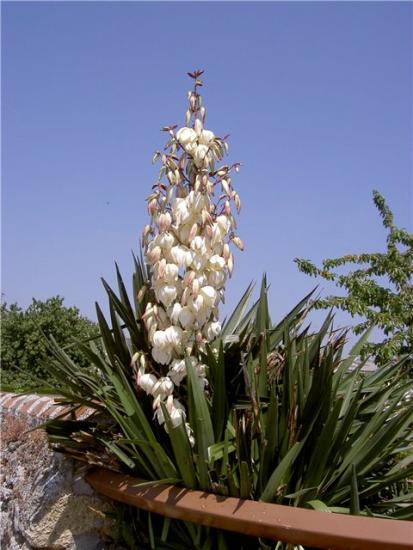
The most important thing for a tree is sunlight and sufficient watering. The plant itself will tell you about its need for water. If the leaves are straightened and the threads are twisted, then there is enough moisture. When the foliage curls, the threads droop lifelessly - watering is required. Excess water will lead to rotting.
The shrub responds to lack of sun by dropping thick fan-shaped leaves. Partial shade in hot weather is a good place for yucca. Slightly elevated, in sufficiently drained soil, the plant will feel great.
You can grow a tree from seeds, but this is a long process. Late winter is a good time to sow indoors, where average room temperature is maintained. It will take approximately two years to grow seedlings that will take root in the soil. The plant is planted in the garden in the spring, when the temperature is +70 C and above.
It is much easier to buy grown garden yucca. The hole you dig should be approximately twice as large as the root. After adding sand and gravel, organic and mineral fertilizers, the bush is planted in the center. Suckers and root cuttings are available ways to propagate a tree.
Yucca tolerates winter well in the garden if its leaves are tied into a bunch and covered. It is allowed to cut half the stem and wrap it. If the plant is not hidden, then in severe frosts some leaves will die.
Garden yucca loves warmth, sun and moderate moisture; it can be grown from seeds, suckers, or root cuttings.
What threatens the successful growth of a plant?
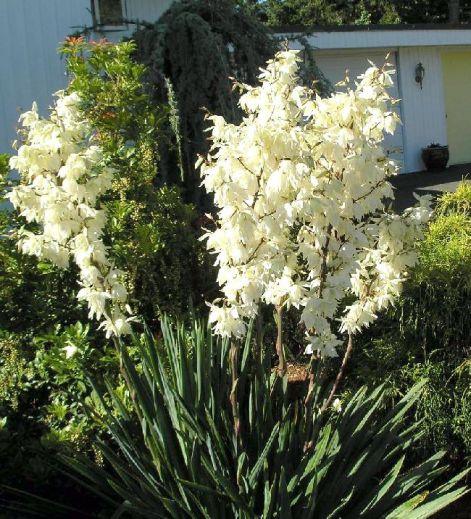
Proper planting and good care ensure the health of the bush.Unpleasant surprises can come from:
- Shchitovka
- Slugs
- Whitefly
- Spider mite
- Mealybug
Brown plaques on the plant indicate it is infected with scale insects. They fight the pest by wiping the leaves with wet cotton. Once for 7 days, instead of water for wetting, you need to take vodka. Chemicals will help cope with the parasite: special solutions (Karbofos, Aktar) are used to spray the tree.
Yellowish spots after winter will indicate an attack by slugs. The solution is insecticides. Take care of ticks with Iskra BIO.
Other possible troubles:
- Excessive watering in winter or severe cold weather provokes rotting of the roots and death of garden yucca.
- Dry air and cold drafts cause the edges and tips of the leaves to turn brown.
- The plant will complain of excess sun with light, dry spots on the leaves.
- Excessively humid air and damp soil will lead to leaf damage by fungus or bacteria. Leaves with grayish-brown spots will simply have to be removed and the plant treated with a fungicide.
- The fungus causes the stem to soften. It is possible to help the plant only at the beginning of the disease by removing the affected areas.
- Often gardeners are faced with such a problem as lack of flowers on yucca. The tree can please you in the first year after planting. It happens that you have to wait 4 or 5 years for bells. In order for the shrub to bloom, you should never cut off wilted leaves.
Proper care, disease prevention, and timely pest control guarantee plant health. The attractive and evergreen garden yucca will become a fashionable decorative element for the site. Everything about this plant - flowers and leaves - is designed to please the eye.
Features of growing garden yucca in the video:
Interesting information about the vegetable garden

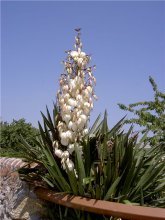
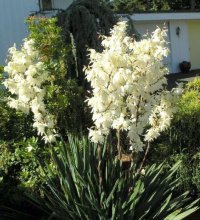
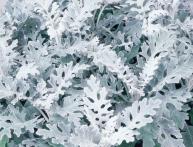
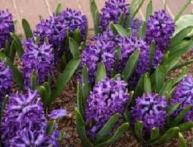
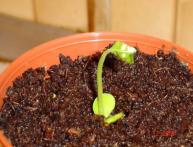
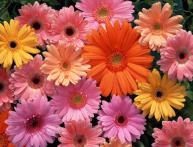
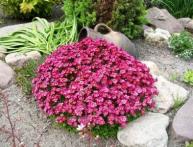
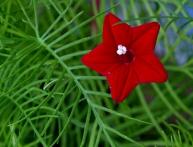

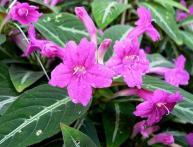
Comments
Oh, what a beautiful plant! For some reason, when I heard the word yucca, I always imagined a tropical tree, but here it is so beautiful! Only, I think it will not take root in central Russia, alas.